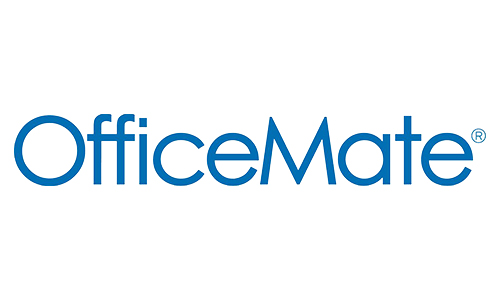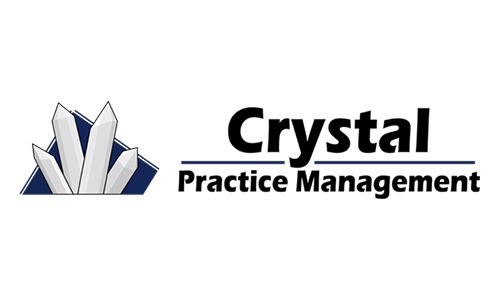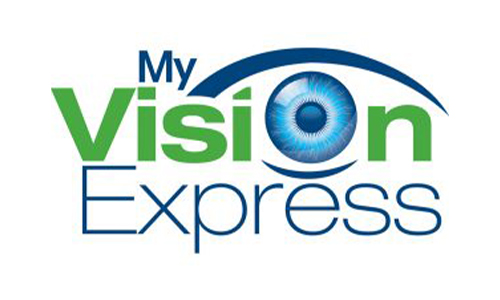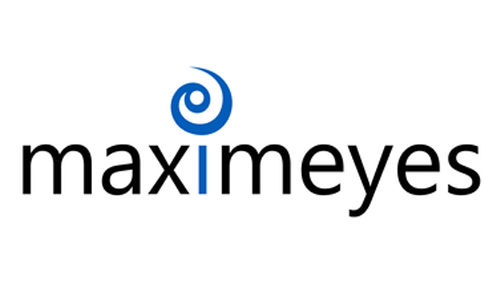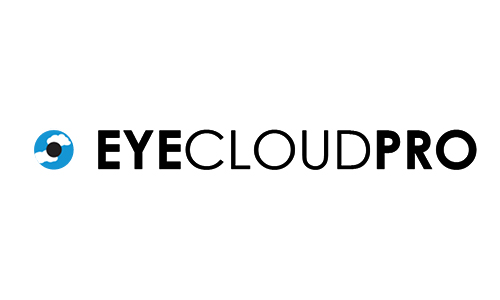CPT II Codes Required for Diabetic Diagnosis
Important changes have been made to claim submissions with VSP and Eyemed that directly impact your insurance billing.
Both payers now require the use of CPT II codes in conjunction with diabetic diagnosis codes.
Here are the details you’ll need to adjust to the changes:
VSP Claim Submissions and CPT II Codes
VSP now requires the reporting of an accompanying CPT II code when a diabetic diagnosis code is used. The purpose of these CPT II codes is to provide additional quality of care information for the Healthcare Effectiveness Data and Information Set (HEDIS).
Currently, there are 7 CPT II codes available for selection. These codes should be reported in box 24D on the claim form, with a total charge of $0, as they are purely informational.
Eyemed Claim Submissions and CPT II Codes
Eyemed also follows a similar requirement. When filing a claim, it is necessary to submit all applicable ICD-10 diagnosis codes. The online claims system allows for the notation of primary and high-risk diagnoses, including abnormal pupil, age-related macular degeneration, cataract, diabetes, diabetic retinopathy, glaucoma, hypercholesterolemia, and hypertension.
When utilizing the Eyemed Provider Portal for claim submissions with these high-risk diagnoses, providers will also be prompted to choose from a selection of CPT II codes, where appropriate. Similar to VSP, any selected CPT II codes for Eyemed claims should be filed with a $0 charge.
Importance of Supporting Chart Notes
As a reminder, it is crucial to ensure that your chart notes support the quality of care information being reported when submitting CPT II codes to any payer. The accuracy and completeness of the documentation play a vital role in demonstrating the medical necessity and appropriateness of the reported codes.



